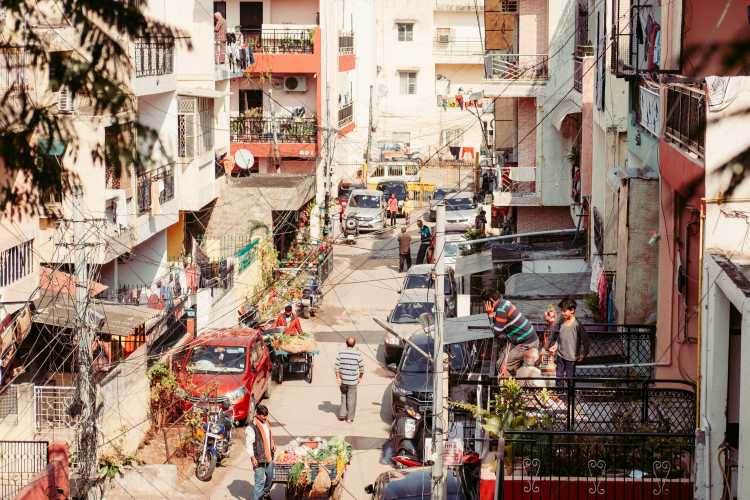
Ahead of the 2024 elections, the Narendra Modi government is planning a new affordable housing scheme for urban households, mirroring the credit-linked subsidy provided by the Pradhan Mantri Awas Yojana-Urban (PMAY-U), introduced in 2015. This scheme will offer subsidies to low- and middle-income families in urban centres and an announcement expected before the Lok Sabha elections in April-May.
Achieving universal housing in cities presents substantial challenges. Land costs in urban centres have skyrocketed, making it difficult to provide affordable housing within desirable locations. Additionally, navigating complex bureaucratic processes and securing adequate financing can be overwhelming, especially for low-income families. While PMAY-U has made significant strides, concerns remain about the quality and location of allocated housing units, potentially hindering satisfaction and long-term sustainability.
READ | Green hydrogen faces reality check amid price rise, uncertainties
Last August, Prime Minister Narendra Modi launched a scheme to assist urban poor in acquiring homes, underscoring the government’s commitment to addressing urban housing shortages. This initiative suggests a continued focus on housing despite the planned conclusion of PMAY-U after 2024, indicating that achieving ‘housing for all’ remains an ongoing challenge.
Since its implementation in 2015, PMAY-U has aimed to provide durable pucca houses to eligible urban beneficiaries, with the Centre and states covering costs in a 60:40 ratio, adjusted for certain regions. Eight years on, significant progress has been made, but the goal of universal housing remains elusive. As of January 29, 2024, about 80 lakh houses have been completed or handed over out of 1.19 crore sanctioned, with central assistance totalling approximately Rs 1.56 lakh crore. Beneficiaries, particularly the urban poor, are expected to contribute a significant portion of the funding, a challenge highlighted by a parliamentary committee that recommends reducing their share to 40%.
Recognising these challenges, the parliamentary committee recommended modification of the existing approach. They suggest shifting away from a uniform subsidy amount towards a more flexible system that tailors assistance to individual beneficiaries’ needs and housing costs in different locations. This would incentivise the construction of affordable units in desirable areas and ensure greater cost equity for beneficiaries.
Eligibility for affordable housing loans under priority sector lending varies by location, with loan limits set by the Reserve Bank of India based on the property’s cost. The government extended PMAY-U until the end of 2024 for houses sanctioned by March 2022, with subsidies ranging between Rs 2.30 lakh and Rs 2.67 lakh for a 20-year loan.
However, the scheme faces hurdles such as limited funding and difficulties in accessing bank loans due to income verification issues. Moreover, the location and quality of housing units, along with high land costs and bureaucratic challenges, have impeded success.
The parliamentary committee’s recommendations, including a move away from uniform assistance to a more flexible approach, could inform the new scheme. Despite funding concerns, the upcoming scheme’s subsidy element may differ from the previous credit-linked subsidy scheme (CLSS), which offered interest rate subsidies ranging from 3-6.5%.
For the ‘housing for all’ vision to become a reality, the government should engage in comprehensive consultations with stakeholders, including state governments, local bodies, urban planning experts, financial institutions, and community activists. This collaborative approach can help develop a robust and inclusive housing scheme with significant impact.
The upcoming elections present an opportunity to refine and strengthen India’s approach to urban housing. The new scheme should go beyond simply mirroring past initiatives and incorporate lessons learned from PMAY-U. Implementing the parliamentary committee’s recommendations for increased flexibility, targeted assistance, and comprehensive stakeholder engagement can pave the way for a more comprehensive and impactful housing policy. By prioritising collaboration, transparency, and responsiveness to beneficiaries’ needs, the government can finally bring the ‘housing for all’ vision closer to reality in India’s rapidly urbanising landscape.

